Free to use, but follow the rules
Creative Commons is a non-profit organization that helps to create a large library of creative works for individuals and businesses to share and work with for free. As a creator, you can claim free licenses through Creative Commons which allows you to share your work to the public.
As somebody looking for content, you’re free to use Creative Commons licensed work such as artwork, photos, educational papers, scientific research or music, as long as you follow the rules for attributing the creators.
The benefit Creative Commons provides in our creative-driven world is immeasurable. Let’s take a closer look at how it all works, why it’s so powerful for creative content and how each license works.
What Is Creative Commons and How Does It Work?
Creative Commons has been built to offer an alternative to copyright. Instead of handing out DMCA takedowns and copyright strikes when an individual uses your work, you instead pick up a Creative Commons license so that others can freely use your work, so long as they credit you properly.
As an art creator, you can get your art, photos or music in front of a larger audience and help to grow your brand. You also get that fuzzy feeling that comes with sharing your work instead of holding it close to your chest.
As a creative in need of art or music, you are able to use Creative Commons licensed content so long as you credit authors properly. Guidelines are provided on the official Creative Commons website for this, but it essentially means including written credit of the author’s name, the title of the work, a link to the source and a link to the license. Some licenses have some restrictions, which we’ll explain later.
Let’s give an example of how Creative Commons can be beneficial to both artists and content creators. Let’s say a music artist is creating great instrumental music, but they are having a hard time promoting it. If the artist acquired free Creative Commons licenses for their songs, they could promote it as copyright free on platforms like YouTube and Soundcloud.
Content creators searching for background music for their videos on YouTube or Instagram, for example, could then use the artist’s music and include the correct attribution in their video description or caption.
The end result would be the content creator can create higher quality content, and the artist may get more views on their content thanks to new interest from the content creator’s audience.
What Creative Commons Licenses Are There?
What’s great about Creative Commons is that there are a number of licenses to choose from, giving artists and researchers more control over how they share their work. We will explain how each of these licenses work below.
If you are looking to use Creative Commons licensed work, you must check to see what license the content has before using it, because some restrictions for usage will apply, as you’ll see below.
Attribution (CC BY)
![]()
With the standard Creative Commons attribution license, others are able to share, remix, edit and distribute work. They are even given the freedom to distribute it commercially, so long as they credit the author properly.
Attribution-ShareAlike (CC BY-SA)
![]()
Attribution ShareAlike is similar to the standard attribution license. It allows others to use, edit remix, re-sell and re-distribute work, but any redistributed work will also include the same Attribution-ShareAlike license.
The difference between Attribution and Attribution ShareALike is that an individual has the freedom to place a standard copyright license with any work they have created that uses standard Creative Commons CC BY work. With Creative Commons Attribution-ShareAlike, this isn’t possible.
Attribution-NoDerivs (CC BY-ND)
![]()
With this license, others can reuse licensed work, even commercially, but they cannot share adapted versions of it and they must always credit the original author.
Attribution-NonCommercial (CC BY-NC)
![]()
With the Creative Commons Attribution-NonCommercial license, others can remix, edit, and adapt licensed work, but they do not have the right to offer it commercially. If this license is used, any remixed or edited work can then by copyrighted by its new owners.
Attribution-NonCommercial-ShareAlike (CC BY-NC-SA)
![]()
With Creative Commons Attribution-NonCommercial-ShareAlike, licensed work can be edited, remixed, and built upon, but it cannot be offered commercially, and new edited work cannot be copyrighted – the newly edited work must hold the same Creative Commons Attribution-NonCommercial-ShareAlike license.
Attribution-NonCommercial-NoDerivs (CC BY-NC-ND)
![]()
This is the most restrictive Creative Commons license but it still gives some freedom for others to use your work. Others can download and share your work so long as they credit the author, but they cannot change the work in anyway and cannot use it commercially.
How To Get a Creative Commons License
It’s completely free and very easy to get a Creative Commons license. First visit the Creative Commons share your work page and go through the steps. Make sure to enter your name, the title of your work, and the right URLS. The website will pick out a license based on what options you select.
You’ll then be given the media, text and HTML code to display your license online. Creative Commons licenses can be enforceable in a court of law, and there is evidence of this, but you’ll need to speak to a lawyer or your legal team on the correct steps to take.
How To Find Creative Commons Content Online
If you’re a creator looking for creative commons content, you’ll be happy to hear that there are some excellent search tools available for finding Creative Commons content online. We’ve compiled a list of some of the greatest resources available.
Creative Commons Search
It makes sense to start with the search engine built straight into the official Creative Commons website. This tool will search their entire database for Creative Commons images. You can also filter searches for file type, sources, and even by license type.
For example, if you need to find content you can modify and redistribute, you can filter for the BY and BY-SA licenses.
Google Images
Google has powerful advanced tools that allows you to quickly filter by usage rights. Go to Google images, search for a phrase, and then click the Tools button. After that, click the Usage rights drop-down box and you’ll have a number of options.
Choose an option and Google will automatically filter images that are labelled with Creative Commons licenses, similar licenses, or are in the public domain. Just like when choosing content with the right Creative Commons license, make sure to click the right search filter that suits your needs.
Below is an overview, based on the guidelines from Google.
- Labelled for reuse: Images with this filter can be redistributed, even commercially, if the content remains unmodified.
- Labelled for use with modification : Images with this filter can be changed in any way and redistributed, even commercially.
- Labelled for noncommercial use: You may find more search options with this selected, but remember that any results with this filter cannot be for commercial use.
Flickr
Flickr is a powerful image hosting service, most renowned for great photography. When you search, you can click the “ any license” drop-down box to select Creative Commons licenses.
The returned results will all be available under Creative Commons. Click on each individual photo to see more details about what license is used and attribution details.
Blender-Models
3D modelling is a skill that takes years to master, so it can be harder to find free content to use. However, one great platform is the Blender-Models website, where all models have CC licenses and you can quickly search by model category.
Freesound
That’s right, you can even find free audio under Creative Commons. This includes user-submitted sound effects, songs, and atmospheric sounds. Simply sign up for free, make a search, and click the licenses filter on the right side of the search results.
Content is rated and download count is shown, making it very easy to find good quality sounds for all sorts of content.

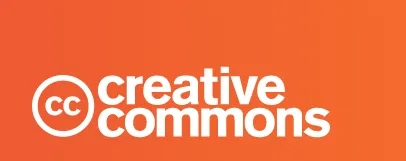
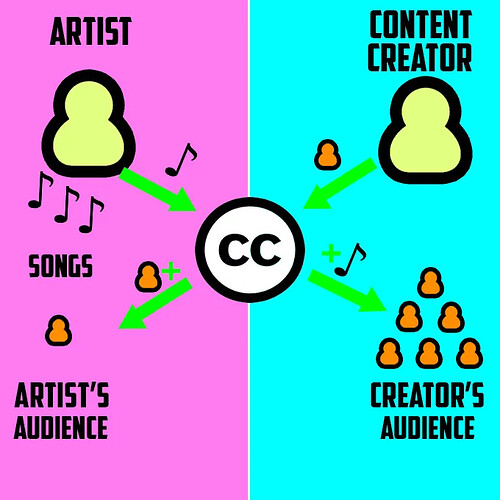

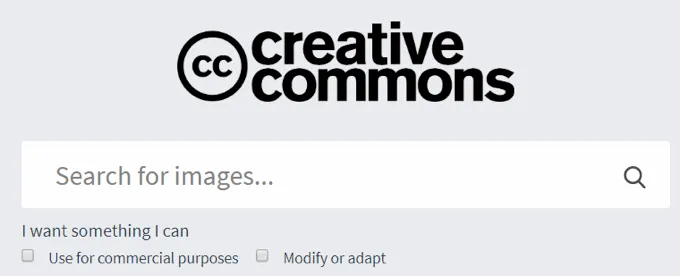
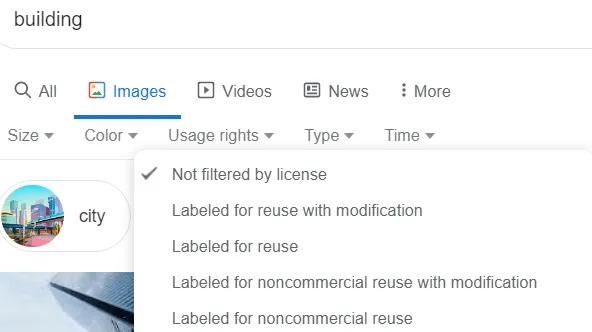
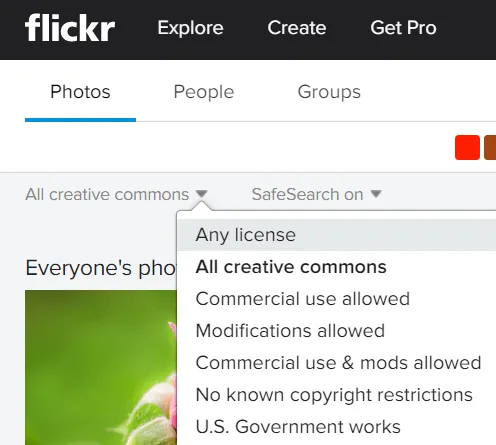
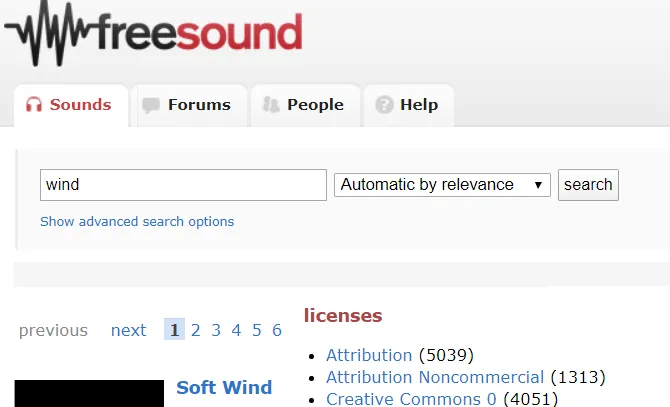
 !
!